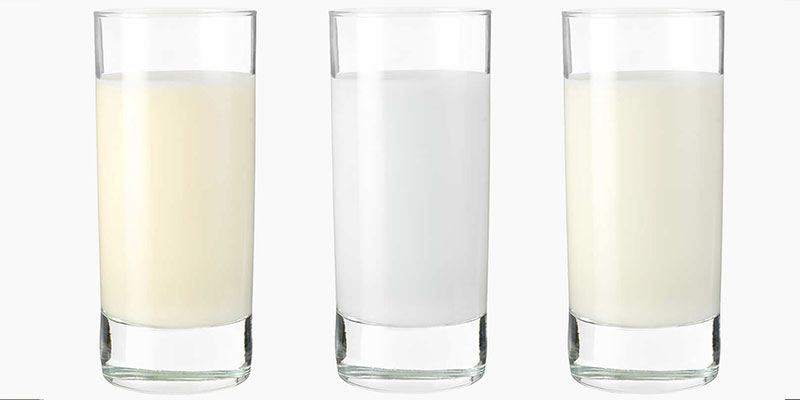
Your breasts may ache at times when they become uncomfortably full or engorged. Most mothers have experienced such fullness in their breasts at one time or another as their bodies readjust to a baby’s changing demands for breast milk. A little fullness during the first few days after birth is normal, but excessive engorgement, which can occur from missed feedings or a change in how often your baby nurses, can be quite painful.
Feeding frequently on demand helps prevent engorgement, but if your baby is nursing as often as she wants and is gaining weight, you may have to take extra measures to relieve the pressure on your breasts. You can, for example, soak a cloth in warm water and put it on your breasts or take a warm shower before feeding your baby. It may also help to express a small amount of milk before breastfeeding, either manually or with a breast pump. For severe engorgement, use a cool compress, gel pack, or ice pack between feedings to relieve discomfort and reduce swelling.
Discomfort due to engorgement may also be relieved by feeding your baby in more than one position. Try alternating sitting up, lying down, and using the football hold. Gently massage your breasts from under the arm and down toward the nipple to help reduce soreness and promote milk flow. If you have a forceful milk ejection that causes your baby to choke, try feeding her by lying down on your back with her lying on top of you. Take a break in the middle of a session to express a bit more if your baby starts to choke. While you do not want to take any medications without approval from your doctor, acetaminophen or ibuprofen may relieve pain and are safe to take occasionally during breastfeeding. Meanwhile, the best solution for engorgement is to keep breastfeeding. Soon your milk supply will better match your breastfeeding child’s demand, and you will feel much more comfortable.
As strange as it might sound, one treatment for engorgement that many breastfeeding women have found effective involves cabbage. Clean, refrigerated cabbage leaves can be either torn into smaller pieces or left whole and applied directly to the breast. Whole leaves will conform to the shape of the breast if the large central stem portion is removed first. Held in place by the bra, the cabbage is left against the breast as desired or until it becomes warm and wilts. The wilted leaves can be replaced by fresh, cool ones. Either green or red cabbage can be used, but red cabbage is more likely to stain a bra or clothing. Many mothers experience an improvement in the pain and swelling of engorgement within hours after using the cabbage. There is limited clinical research on the use of cabbage for engorgement, and the exact way in which cabbage decreases breast swelling is unknown, but the treatment appears to be harmless. For engorgement, cabbage should be used only until the swelling and pain begin to subside. Continued use may decrease the milk supply too much. Some mothers regularly apply cabbage to hasten the resolution of swelling or discomfort that occurs with weaning, especially when weaning occurs over a relatively brief time.
Last Updated 8/27/2019
Source New Mother’s Guide to Breastfeeding, 2nd Edition (Copyright © 2011 American Academy of Pediatrics)
The information contained on this Web site should not be used as a substitute for the medical care and advice of your pediatrician. There may be variations in treatment that your pediatrician may recommend based on individual facts and circumstances.





